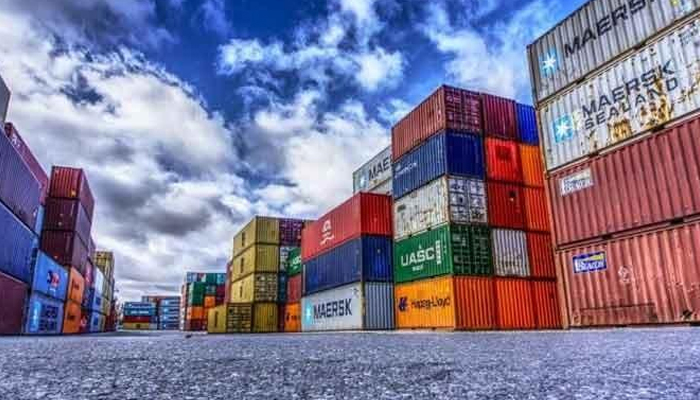WB warns Pakistan's exports will plunge if COVID-19 lasts longer than expected
April 13, 2020

ISLAMABAD: The World Bank has forecasted that if the coronavirus lasts longer than expected, Pakistan’s exports could plunge to negative growth of 19.7% in the current fiscal year (FY) 2019-20 as compared to the previous one.
The negative impact of global lockdown due to coronavirus would persist longer and could go beyond FY-20, said the World Bank in its twice-a-year-regional update ‘South Asia Economic Focus’ adding that under the baseline scenario, the growth rate of exports of Pakistan is likely to contract by 5.3% during the year 2020-21.
However, the World Bank has projected that the exports in 2021-22 would witness a positive growth of 7.3%.
The imports of goods and services are also likely to be contracted by 26.3% during the current year, while in the subsequent years of FY-21 and FY-22, the imports would witness a negative growth of 7.7% and positive growth of 4.8% respectively.
Services growth during the current FY is projected to contract by 1.7% while in the year 2020-21 it would grow by 0.8% and in FY-22 the sector would grow by 3.4%.
Similarly, the report forecast that the country’s industrial sector would contract by 2.1% in the current fiscal year while during FY 2020-21, the sector would grow by 0.7% and in 2021-22, it would grow by 3.7%.
Read more: Latest updates on coronavirus
The agriculture sector’s growth would remain positive despite the negative impact of the lockdown and it is likely that the sector would grow at the rate of 1.0% during current year while in next two years its growth would gradually pick the pace to 1.7% in FY-21 and 2.3% in FY-22.
With respect to inflation, the report projected that by the end of current fiscal year, the inflation rate would remain at 11.8% while in the next years the rate would be recorded at 9.5% and 6.0% by the end of FY-21 and FY-22 respectively.
The debt to gross domestic products (GDP) ratio which is likely to remain at 90.6% during the current FY, would further rise in the next FY up to 91.8%, however, in the year 2021-22, the ratio is likely to come down to 89.6%, the report added.











